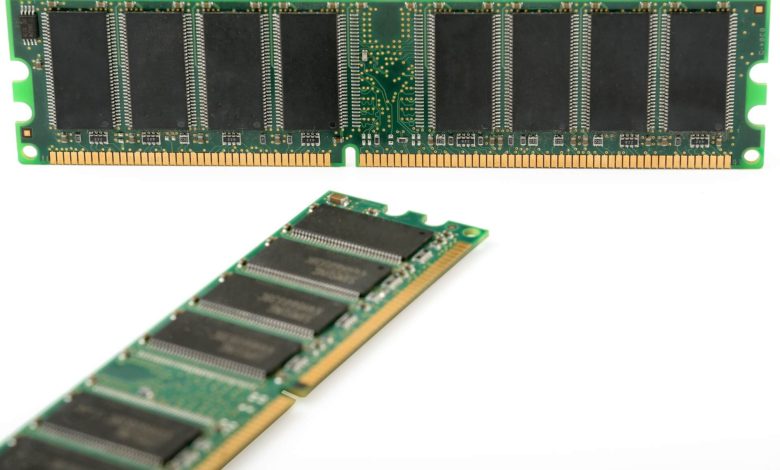What is the Relationship Between Memory Speed and Memory Latency?

It is unquestionable that the performance of DRAM memory is directly related to speed and latency. But while these two are very close terms, they’re not as close as you might think.
Hearsay information about delays
Unfortunately, there is hearsay information about RAM memory, as in every subject.
Most users think that the CAS latency (known as the CL value) reflects the actual performance of the memory. But engineers working in the semiconductor field say that CAS latency does not directly represent memory performance.
Many users also think that the CAS value increases with increasing frequency and neutralizes the effect of the increase in frequency. However, when we compare a memory of DDR4-2400 MHz and CL17 with a memory of DDR4-2666 MHz and CL19, we see that the memory with a frequency of 2666 MHz is more efficient.
If you are between two memories with the same frequency, you can consider the CAS value. Memory with a lower CAS value will be the better choice.
Since the starting point of hearsay information is the definition of delay, it would be more accurate to redefine the delay.
Delay paradox
One of the biggest reasons for the misunderstanding of memory latency is that manufacturers and comparators rely on CAS latency. The reason this causes misunderstanding is; The CAS delay value is that it is a multiplier of the delay formula. CAS delay values only indicate the number of clock cycles and this does not give us the duration of the clock cycle. Therefore, it is wrong to look at the delay values directly as a performance indicator.
By looking at the nanosecond result as a result of the delay formula, you can understand how stable one module is compared to the other. The nanosecond result resulting from the formula is included in the documentation (datasheet) of the memory. The information in the documentation generally looks like this:
What is the correct definition of delay and delay formula?
Basically, the delay is the time between the moment the command is entered to the controller and the data is generated in memory. As soon as the memory controller sends a command to the memory, the data must be processed by the CAS and converted into a clock cycle, so that the memory address requested by the controller is known and the instruction is processed.
Given this information, two factors determine the latency of a memory:
- How many clock cycles the data goes through; which we call CAS latency or CL,
- The duration of each clock cycle; We measure this in nanoseconds.
During the development of memory technology, we see that while speeds increase, CAS latency also increases. The reason for this is that as the frequencies increase, the clock cycle time naturally decreases, thus increasing the CAS latency value on paper as the memory can enter more clock cycles.
What kind of memory should we choose in the light of this information?
When choosing memory, you should pay attention to both memory frequency and latency. The right memory for you;
Having the highest frequency speed supported by your processor,
Memory has the least lag as your budget allows.
Also, if you intend to upgrade the memory and do not want to retire the other memory, we recommend that the latency values and voltages match exactly. Otherwise, you may encounter bad surprises such as crashes and blue screens caused by compatibility problems in your system.





